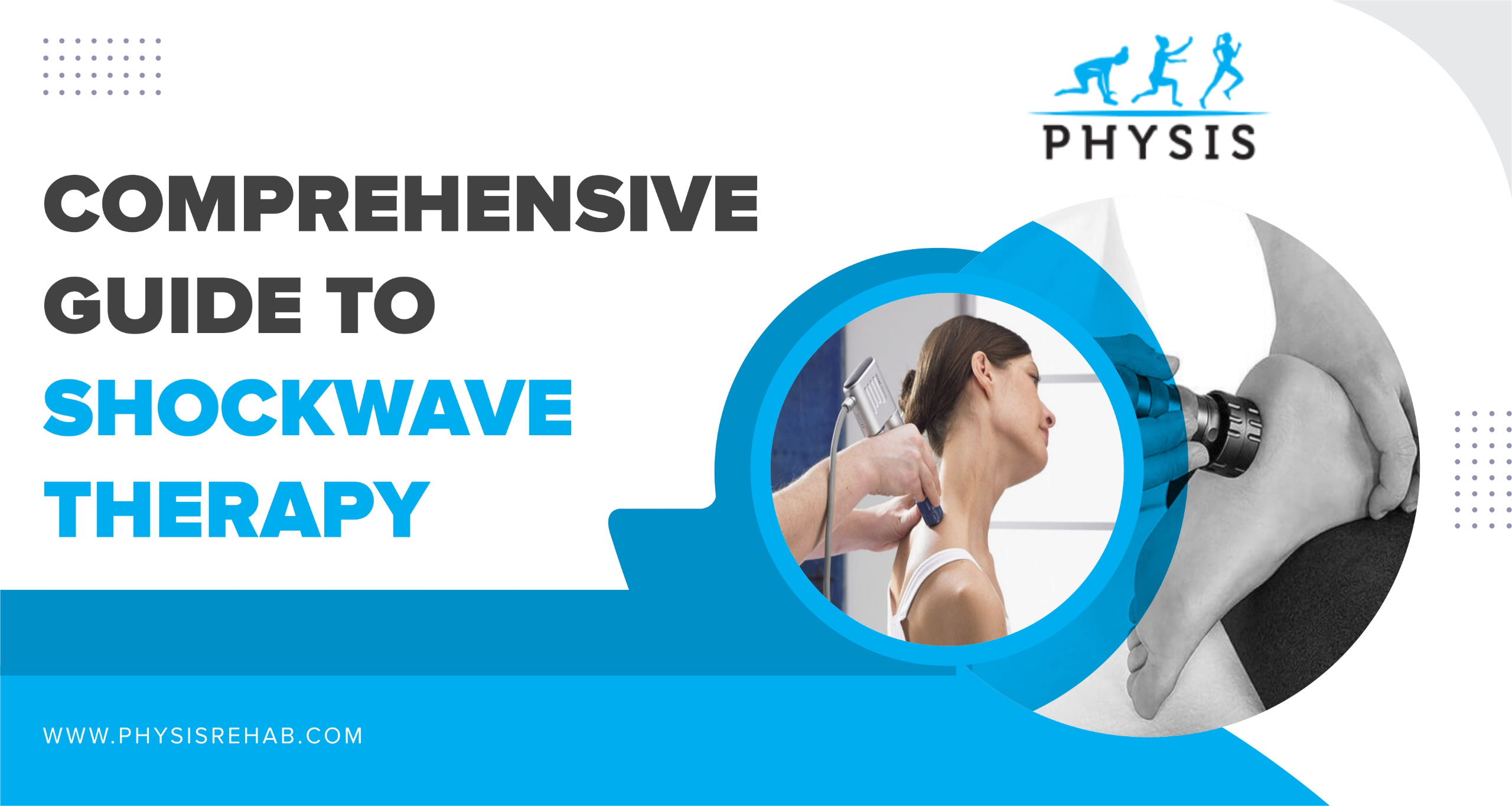Comprehensive Guide to Shockwave Therapy
What Is Shockwave Therapy?
Shockwave therapy is a non-invasive medical treatment that uses acoustic waves to stimulate healing in injured tissues. It is commonly used for musculoskeletal conditions, pain management, and even aesthetic procedures. The therapy enhances blood circulation and promotes cell regeneration, making it a popular alternative to surgery and medication.
How Does Shockwave Therapy Work?
Shockwave therapy involves the application of high-energy sound waves to the affected area. These waves penetrate the tissue, stimulating the body’s natural healing process. The therapy promotes the formation of new blood vessels, reduces inflammation, and breaks down calcifications. It is performed using a handheld device that delivers controlled impulses to the targeted region.
Types of Shockwave Therapy
- Focused Shockwave Therapy (FSWT): Targets deep tissues with high precision, ideal for tendon and chronic conditions.
- Radial Shockwave Therapy (RSWT): Treats larger surface areas and superficial tissues, often used for muscle and fascial( layer after the skin) pain and tightness.
Conditions Treated with Shockwave Therapy
Shockwave therapy is widely used for various medical conditions, including:
- Tendonitis: Effective for rotator cuff injuries, Achilles tendonitis, and tennis elbow(golfer’s elbow,, gluteus medius tendonitis, hamstring tendinopathy, Patellar tendinitis, Bursitis, Jumper’s knee, shin splints, etc)
- Plantar Fasciitis: Reduces pain and promotes healing in foot arch inflammation.
- Calcific Shoulder Tendinitis: Helps dissolve calcium deposits in the shoulder.
- Chronic Pain Conditions: Used for lower back pain, hip pain, and knee pain.
- Sports Injuries: Aids in recovery from muscle and ligament injuries.(It reduces soreness significantly. Hence used for Soccer players during the halftime of the game )
- Scar release
Benefits of Shockwave Therapy
- Non-Invasive: No need for surgery or injections.
- Quick Sessions: Most treatments last between 15-30 minutes.
- Minimal Downtime: Patients can return to daily activities almost immediately.
- Pain Reduction: Effective in reducing chronic pain conditions that have not been cured over a few years
- Stimulates Healing: Enhances tissue repair and blood circulation.
- Return to sports: Usually after 24 hours but depends upon the severity and chronicity of the condition
What to Expect During a Session
A typical shockwave therapy session includes:
- Assessment: The therapist evaluates the condition and marks the treatment area.
- Application of Gel: A gel is applied to the skin to enhance wave transmission.
- Shockwave Delivery: A handheld device emits shockwaves to the affected area.
- Post-Treatment Care: Mild soreness may occur but typically subsides within 24-48 hours.
Post-Treatment Care
- Avoid strenuous activities for 24 hours.
- Follow your healthcare provider’s recommendations for stretching or exercises.
Conclusion
Shockwave therapy is a revolutionary treatment that offers a non-invasive, effective, and quick solution for various medical and aesthetic conditions. Whether you’re dealing with chronic pain, sports injuries, or tendon-related conditions this therapy could provide significant relief. If considering treatment, consult a healthcare professional to determine if it’s right for you.
FAQs on Shockwave Therapy
1. Is Shockwave Therapy Painful?
Most patients experience mild discomfort during the session, but it is tolerable. The intensity can be adjusted based on individual tolerance levels.
2. How Soon Will I See the Results?
Many patients notice improvement after the first session, but optimal results typically appear after 2-3 sessions.
3. Is Shockwave Therapy Covered by Insurance?
Coverage varies by provider and condition. Only some insurance plans cover it for musculoskeletal injuries.
4. Who Should Avoid Shockwave Therapy?
It is not recommended for individuals with blood clotting disorders, pacemakers, active infections, or pregnancy.


